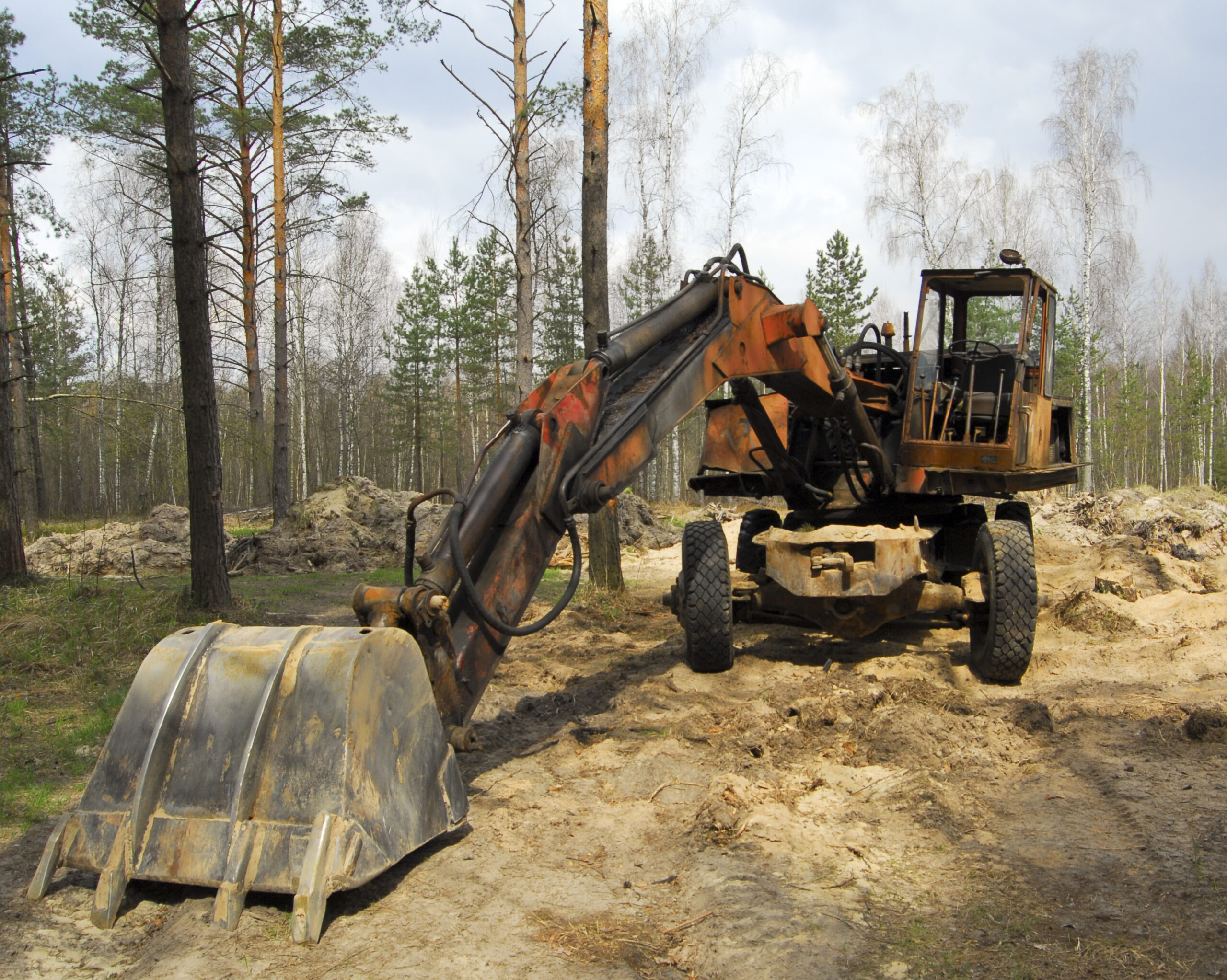Land clearing professionals highlight all there is to know about the process
Land clearing professionals in Round Rock and Austin TX can help you understand what the land-clearing process entails and what techniques they can use. It is a process that involves the removal of trees, vegetation, and other obstacles from a piece of land to prepare it for various purposes such as agriculture, urban development, infrastructure projects, and more. While it may seem straightforward, land clearing encompasses a range of techniques, considerations, and impacts that are important to understand before initiating any clearing activities.
1.1 Why is Land Clearing Done?
There are several reasons it might be necessary:
- Agriculture: It is often carried out to create space for farming activities, including crop cultivation and livestock grazing.
- Urban Development: As cities expand, there is a growing need to clear land for residential, commercial, and industrial developments.
- Infrastructure Projects: Construction of roads, highways, pipelines, and other infrastructure requires it for the necessary structures.
- Wildfire Prevention: In fire-prone areas, strategic clearing can help create firebreaks and reduce the risk of wildfires spreading.
- Conservation and Restoration: In some cases, it is done as part of conservation efforts to restore ecosystems or manage invasive species.
1.2 Techniques
Land clearing can be accomplished using various techniques, depending on factors such as the size of the land, the type of vegetation present, and environmental considerations. Some common methods include:
- Mechanical Clearing: This involves the use of heavy machinery such as bulldozers, excavators, and mulchers to clear vegetation and debris.
- Chemical Clearing: Herbicides may be applied to vegetation to kill or inhibit its growth, making it easier to remove manually or mechanically.
- Manual Clearing: In areas where machinery cannot access or where precision is required, manual methods such as hand cutting and chainsaw clearing may be employed.
- Prescribed Burning: Controlled burning of vegetation can be used to clear land while also promoting ecosystem health and reducing the risk of wildfires.
1.3 Environmental and Social Impacts
While it serves various purposes, it can have significant impacts on the environment and communities:
- Habitat Loss: Clearing forests and natural habitats can result in the loss of biodiversity and disrupt ecosystems, potentially leading to the extinction of plant and animal species.
- Soil Erosion: Removing vegetation can increase the risk of soil erosion, particularly in areas with steep slopes or fragile soils, leading to sedimentation of waterways and degradation of water quality.
- Climate Change: Deforestation, a form of land clearing, contributes to climate change by reducing the amount of carbon stored in trees and releasing it into the atmosphere as carbon dioxide.
- Community Displacement: Land clearing for development projects can displace indigenous communities and rural populations, leading to social conflicts and loss of cultural heritage.
1.4 Regulations and Permitting
Due to its potential impacts, land clearing is often subject to regulations and permitting processes imposed by government authorities. These regulations may govern aspects such as the types of activities allowed, environmental safeguards, and consultation requirements with affected communities.
- Environmental Assessments: Before undertaking land clearing activities, developers may be required to conduct environmental assessments to evaluate potential impacts and propose mitigation measures.
- Permitting Processes: Obtaining permits for land clearing typically involves submitting detailed plans, environmental impact assessments, and other documentation to regulatory agencies for review and approval.
- Compliance: Developers must comply with all applicable laws and regulations governing land clearing to avoid fines, legal liabilities, and project delays.
- Best Practices and Considerations in Land Clearing
We’ve discussed the reasons for land clearing, the various techniques used, and the environmental and social impacts associated with this process. In this section, we will explore best practices and considerations to ensure that land clearing is conducted responsibly and sustainably.
2.1 Sustainable Land Clearing Practices
Sustainable land clearing aims to minimize environmental harm and maximize long-term benefits. Some key principles of sustainable land clearing include:
- Selective Clearing: Rather than clearing entire swathes of land, selective clearing targets specific vegetation while preserving desirable trees and habitats.
- Buffer Zones: Establishing buffer zones around sensitive areas such as waterways, wetlands, and wildlife habitats helps protect them from the impacts
- Revegetation: Replanting native vegetation after clearing can help restore ecosystem functions, prevent soil erosion, and provide habitat for wildlife.
- Erosion Control Measures: Implementing erosion control measures such as retaining walls, vegetative barriers, and silt fences helps minimize soil erosion and sedimentation.
2.2 Mitigation Strategies
In addition to adopting sustainable practices, various mitigation strategies can help offset the negative impacts of land clearing:
- Offsetting: Developers may be required to offset the ecological damage caused by land clearing by conserving or restoring equivalent natural habitats elsewhere.
- Compensatory Mitigation: Compensatory mitigation involves restoring or creating new habitats to offset biodiversity loss resulting from land-clearing activities.
- Habitat Restoration: Restoring degraded habitats through reforestation, wetland restoration, and other techniques can help mitigate the impacts of land clearing on biodiversity.
2.3 Community Engagement and Consultation
Effective community engagement and consultation are essential components of responsible land-clearing practices:
- Stakeholder Consultation: Consulting with affected communities, indigenous groups, and other stakeholders helps ensure that their concerns and interests are taken into account in land clearing decisions.
- Traditional Ecological Knowledge: Indigenous communities often possess valuable traditional ecological knowledge about local ecosystems and can provide insights into sustainable land management practices.
- Conflict Resolution: Addressing conflicts and grievances through transparent and participatory processes can help build trust and foster collaboration between developers and affected communities.
2.4 Monitoring and Adaptive Management
Monitoring the impacts is crucial for identifying unforeseen environmental impacts and implementing adaptive management measures:
- Environmental Monitoring: Regular monitoring of water quality, soil erosion, habitat fragmentation, and biodiversity helps assess the effectiveness of mitigation measures and identify areas for improvement.
- Adaptive Management: Using adaptive management approaches allows developers to adjust their land-clearing practices in response to new information and changing environmental conditions.
By incorporating these best practices and considerations into land-clearing activities, developers can minimize their environmental footprint, protect valuable ecosystems, and promote sustainable land management for future generations.
Hire the best-rated land-clearing professionals in Round Rock and Austin TX
Leaf Tree Services is your locally owned professional tree service with certified arborists for residential and commercial customers in Round Rock, Austin, and surrounding Central Texas areas. You can trust your trees to us. Contact us today to schedule a consultation, at 512-670-6766.


